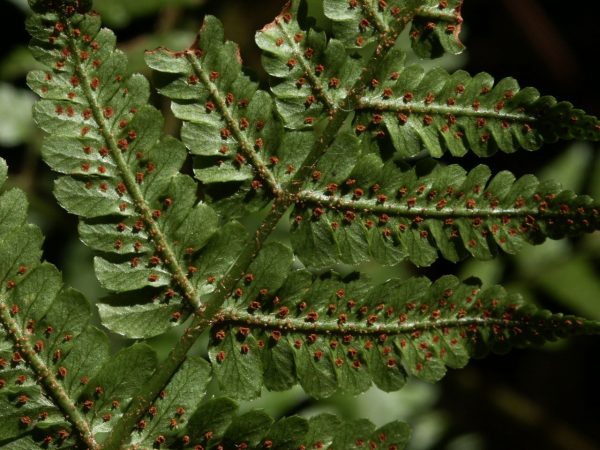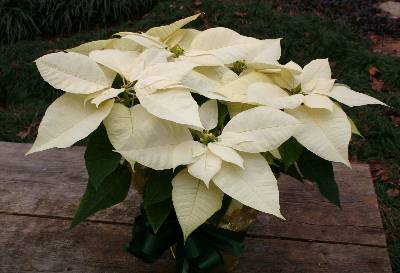Mulch Myths
One day he’ll finally crack. My across-the-street neighbor, Carl, has a roof covered with pine needles. I need pine needles right now to mulch my newly-planted shrubs, trees and pansies. My hope is that Carl will make the decision to clean his roof one afternoon, I’ll offer to help on the ground and he will let me have all of his straw for my neighborly efforts. I haven’t volunteered to rake his roof myself…..yet. But if the weather stays dry I may have to clamber up there to get free pine straw to protect my plants.
Mulch and compost are two of the secret substances of successful gardeners but myths and concerns about them abound. Here are some common misunderstandings:
NEEDLES, OAK LEAVES DON’T HARM SOIL Too many gardeners are needlessly concerned that using the pine needles and oak leaves that are so abundant right now will make their soil more acid. Truth is, ANY material you use for mulch will acidify the soil a slight amount. As organic matter from any source breaks down, small bits of acid are produced. Azaleas, rhododendrons and camellias find this just peachy – they’ve adapted quite well to woodsy, naturally acidic soil. Other plants can tolerate the negligible increase in acidity just fine as long as you apply lime to the soil every few years.
WOOD CHIPS ARE NOT DANGEROUS After you’ve had a tree removed, the crew will ask if you’d like them to leave the chips for you. Invariably a well-intentioned neighbor will come by later that week to warn that chemicals in the chips will poison your trees and rob nitrogen from your soil. Now you have a big pile of wood and a serious worry!
In fact, the chips might contain mildly harmful chemicals – but they won’t hurt your plants at all if you spread the chips under them in a layer less than two inches thick. After a heavy rainfall the chemicals will be washed away and broken down by soil organisms anyway.
After the stump has been ground, it is tempting to spread out the mound of dirt and chips left over and to plant grass where the tree once stood. It is best to rake out as many chips as you can before spreading the dirt but it is not crucial.
Chips mixed with dirt are wonderful food for soil fungi and bacteria. They immediately go to work consuming the chips but they need nitrogen to do the job. Plants growing in the area will have a hard time finding enough nitrogen to grow well; the leaves may turn slightly yellow next summer.
This situation is easy to fix. Just scatter one pound of 10-10-10 over the area where you’ve leveled the mound of dirt. The soil creatures will absorb the nitrogen they need and your plants will receive enough to be healthy. Tree chips are not a big problem – end of story!
QUICKENING COMPOST The best way to treat leaves and needles you don’t use for mulch is to compost them. Pile them up, let them rot, and mix the resulting humus into your flower beds next spring. It is disappointing, though, if you discover a tiny amount of compost in the center of a pile of pristine leaves next April.
Your composting will proceed much better if you wet the leaves thoroughly as you pile them. In addition, pitch a shovelful of soil and a handful of 10-10-10 in with every twelve inch layer of your pile. The soil introduces hungry fungi to the leaves and the water plus 10-10-10 gives them ideal conditions to rapidly devour everything you pile up. Keep in mind that fungi hate working in the cold just as much as you do. Make your compost piles no smaller than four feet high and six feet wide to insulate your microscopic friends in the center.
Hey, hey, what’s that I see across the street? Carl just drove into his carport. Maybe I’ll mosey over there, strike up a conversation and ask if he needs to borrow my rake!












